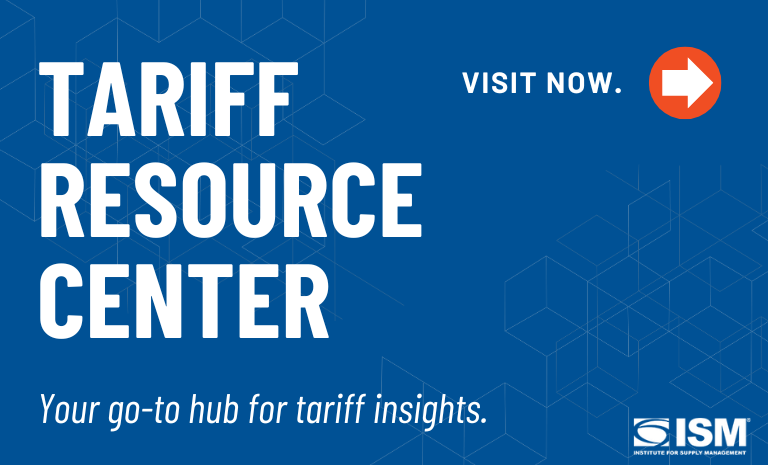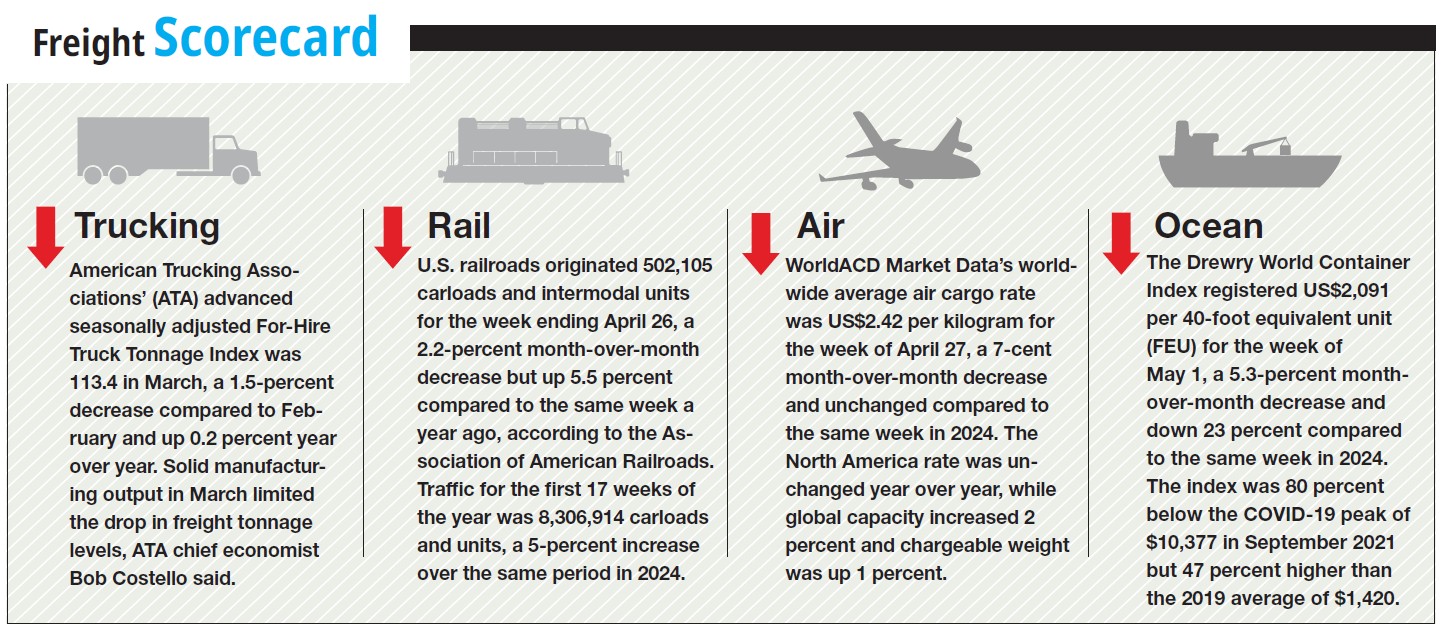Spot Market Rate

Point to Point
Logistics
Definition: A spot rate is a one-time, market-driven price for a specific shipment, fluctuating daily based on supply and demand. It offers flexibility and potential savings, especially when capacity loosens. However, when demand rises and capacity tightens, spot rates can spike. Since they reflect real-time market conditions, they provide cost advantages in favorable situations but can also become expensive during high demand.
Field guide: Spot freight rates apply to domestic trucking and international air and ocean transport. They fluctuate with market conditions, and factors like peak shipping, seasonality, geopolitics, holidays and oil prices impact them. Ocean freight spot rates cover single shipments or containers, based on weight, space and related fees. Airfreight rates depend on chargeable weight per kilogram. Intermodal rates include drayage origin, rail line haul and drayage destination costs.
Factoid: Every shipper has unique needs, so choosing between contract and spot rates depends on various factors. Contract rates suit consistent volumes and fixed routes, ensuring stable costs and capacity. Spot rates offer flexibility for irregular shipments or seasonal fluctuations. Market conditions influence the choice — contracts protect against rate spikes, while spot rates provide quick solutions. Contracts foster long-term relationships and specialized services, while spot rates support urgent and contingency needs.




